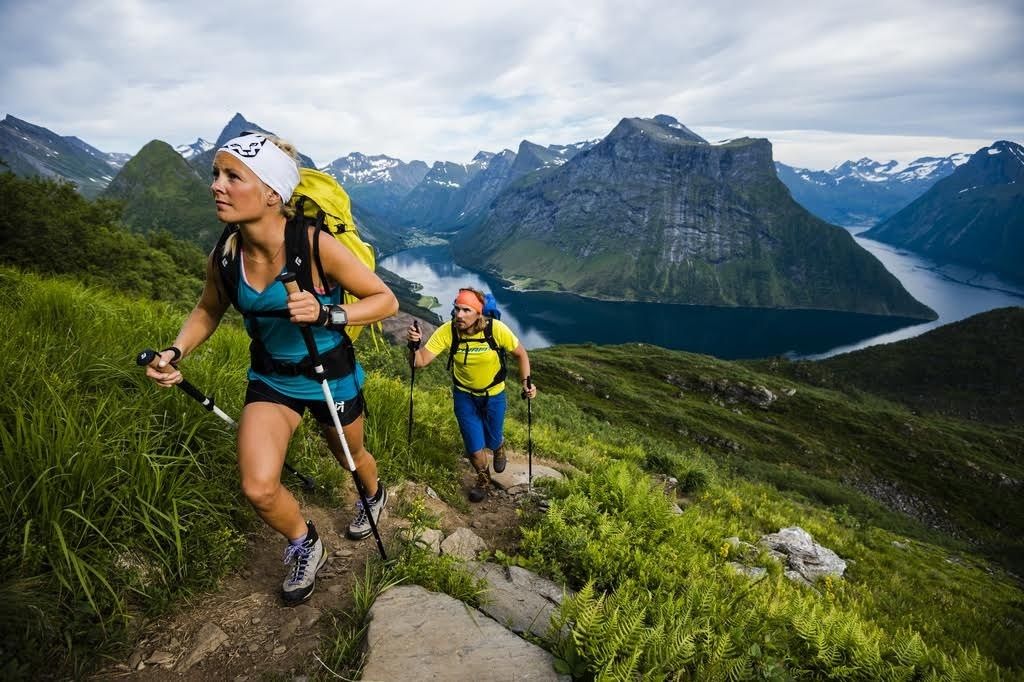Long-distance hiker and President of Ramblers Cymru, Will Renwick, shares some of the valuable lessons he’s learnt on the trail about preparing for multi-day hiking adventures. Keep reading to learn how to train for a trek from the experts.
The human body is an incredible thing. Exhibit A: I normally set my alarm for 7:20 in the morning and will nearly always wake up naturally seconds before the alarm goes off. What’s going on there? Exhibit B: I remember on my first long-distance hike, a 200-mile long trail across Wales, I went into it with a basic level of fitness and within the space of just three days my body had metamorphosed to become some kind of finely-tuned hiking machine that could go for days on end. Don’t get me wrong, the first two days were tough, but by the third, I’d adapted.
Since that first hike, I’ve been on a whole host of multi-day treks, including one as long as nine weeks, and with all of them it certainly tended to be the first few days that are the hardest – you could say it’s a classic case of make or break.
"That’s all well and good", I hear you say, "but how does a trekker get through those first few days then?"
Well, get some pre-hike prep in and you’ll come through right as rain.
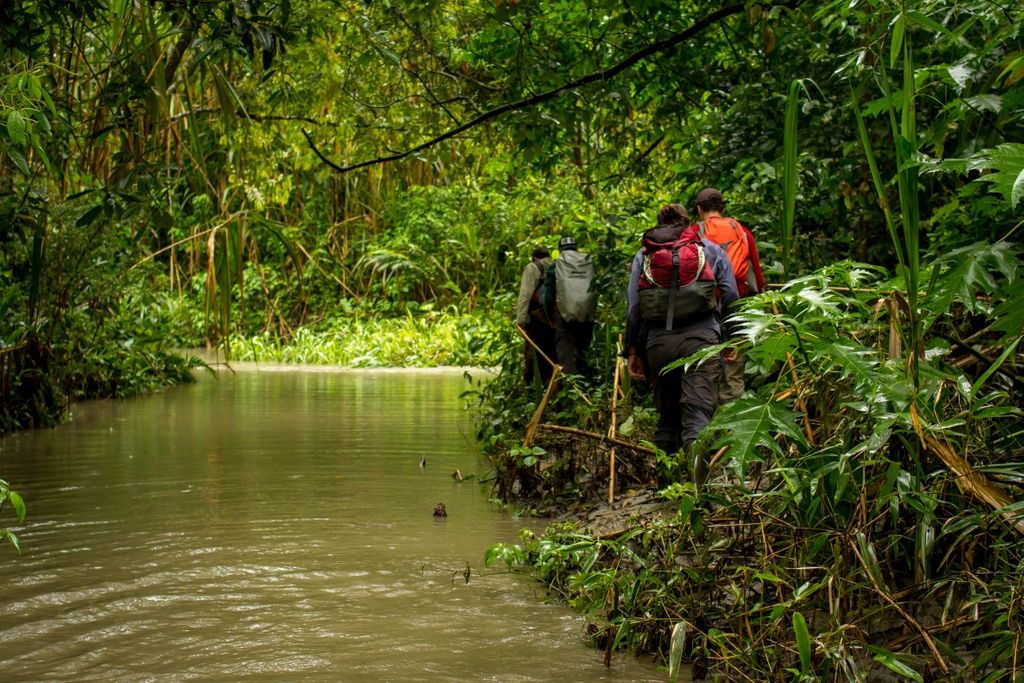
Understand Your Fitness Level
It sounds obvious but what you need to consider first and foremost is how strenuous the trek is going to be for you and whether you feasibly have the capacity to take it on. Do some research into the distance you will be covering on average each day and the kind of terrain you will be crossing. Is that something you’ve experienced before? How did you find it? (And how long ago was that and how many inches has your waist grown by?)

Most people with a reasonable amount of fitness – say, someone who goes on a fairly long day hike every month – should find something like the Snowdon Challenge manageable. They should also find that big treks like the Tour du Mont Blanc or the Matterhorn Circuit will be manageable if they’re broken up into stages of 15-20km each day.
For something like the Annapurna Circuit or the 12-day Upper Mustang Trail where the epic Himalayan landscape encountered is harsher and the air thinner, a much higher level of fitness will be required. The same goes for Everest Base Camp. When training for a trek, you have to take all these things into account.
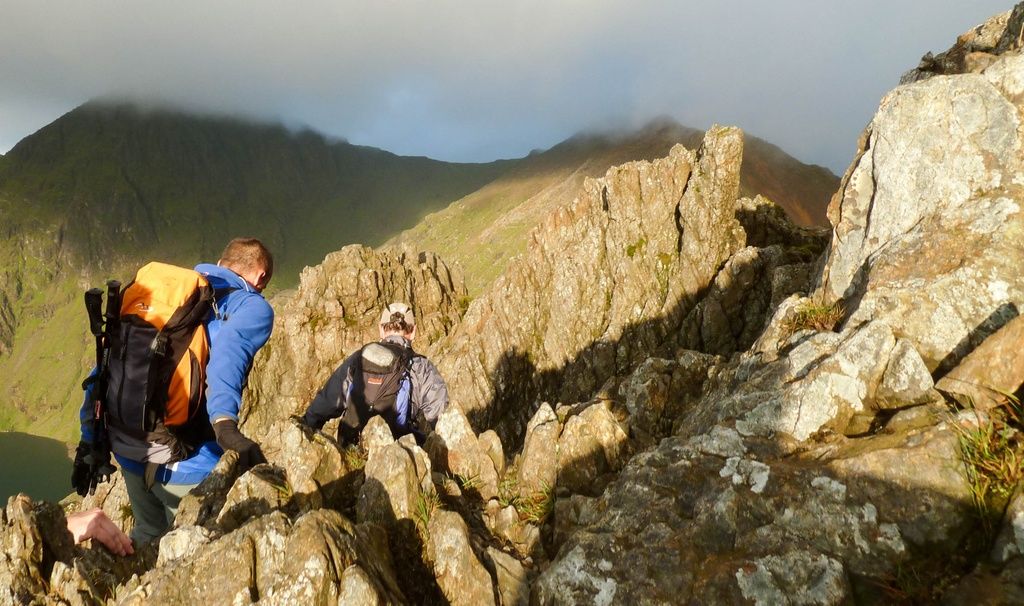
Walk More
Getting fit for hiking can be as simple as just getting out and walking more. Even just a brisk 30 minutes each day can bring huge health benefits, including an increase in cardiovascular and pulmonary (heart and lung) fitness, stronger muscles and bones and a reduction in the risk of heart disease. If you lead a busy lifestyle try and work in that 30 minutes by getting out on your lunch break or jumping off the bus a stop or two early. You don't necessarily need fancy training plans.
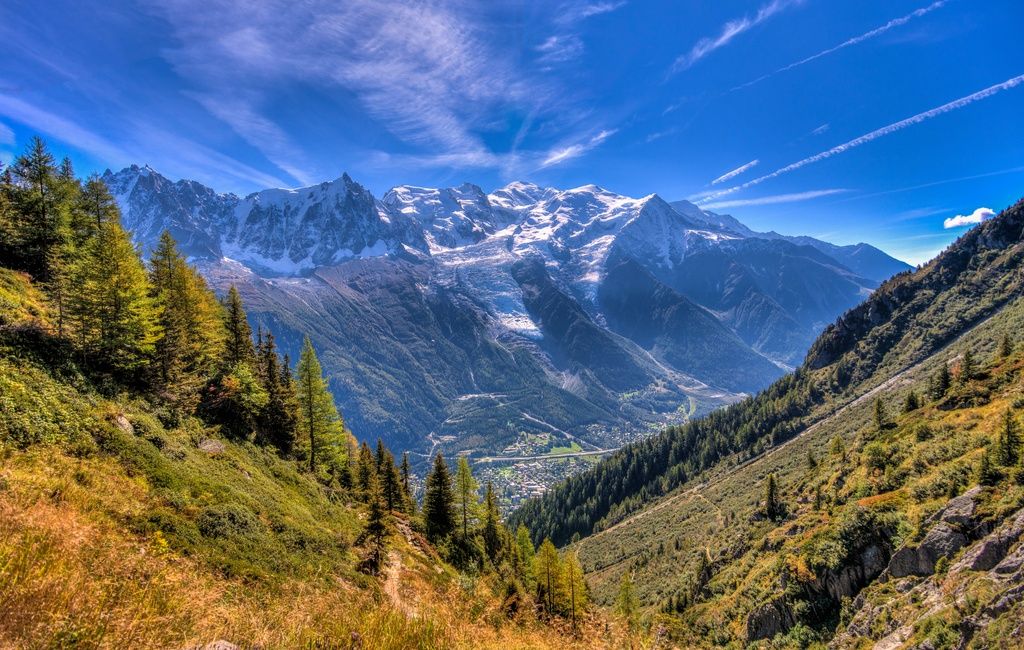
If you’ve got a big trek coming up try and take on some routes that might replicate the demands you can expect, and build up the distance and difficulty more and more with each excursion.
Build Up Strength
Strength in your legs will not only help over long distances and steep climbs but it will also reduce the risk of injury from overworked muscles. Walking regularly will have big benefits in this regard while there are also a number of workouts that can be done quickly and easily at home; things like calf raises, squats and lunges. And always take the stairs. That’s a surefire way of building up strength in all the right areas for hiking.

Break Your Body In
That make or break period in the first few days of a trek that I referred to before can actually be bypassed with the right prep.
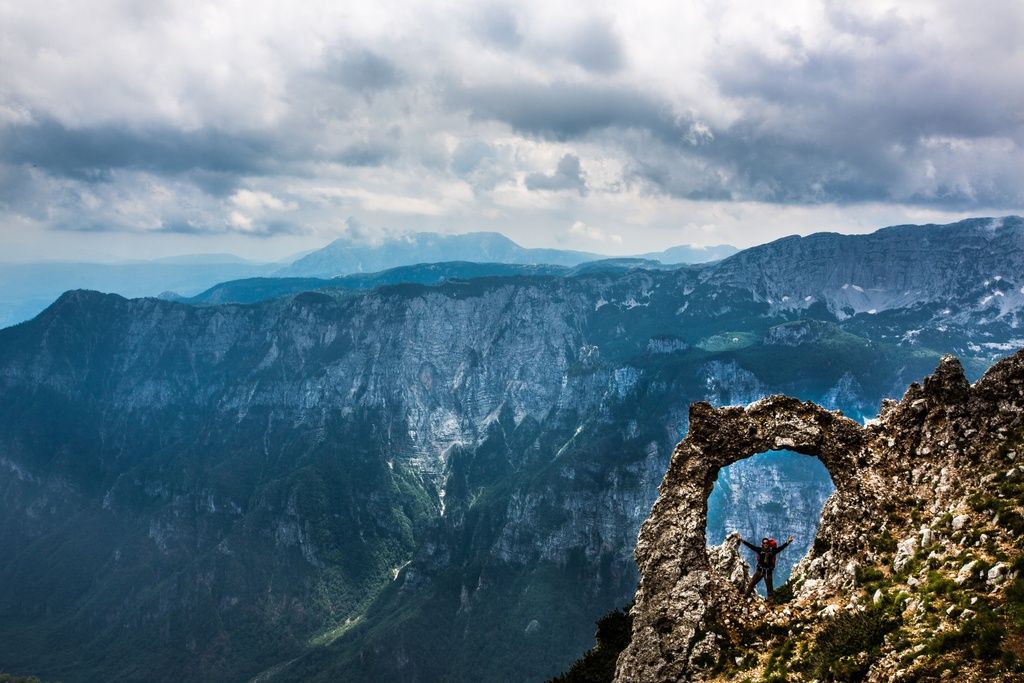
A few years ago, I went to hike the 160-mile Glyndwr’s Way and almost had to give up after the first day. I hadn’t done any proper walking in the weeks before it and the hills of mid-Wales were an instant shock to my muscles, particularly the iliotibial bands around my thighs and knees. I managed to keep walking to complete the trail but only by going along with a big stick like Gandalf the Grey.
To avoid this kind of situation, try and fit in one or two hikes with a loaded daypack in the final week or so before your trek to get your joints and muscles ready for what’s around the corner. Just don’t overdo it as you could be on the back foot before you even start.
Walk With Trekking Poles
Some studies have suggested that a pair of trekking poles can reduce the pressure on every step by up to seven kilos. That translates as 30 tonnes less pressure on your knees over the course of a full day of trekking. Less pressure means less muscle damage and in turn a speedier recovery – exactly what you need on a multi-day hike. So if you are prone to sore knees or legs, consider picking up some poles before you set off. You might want to do some training walks with them too.
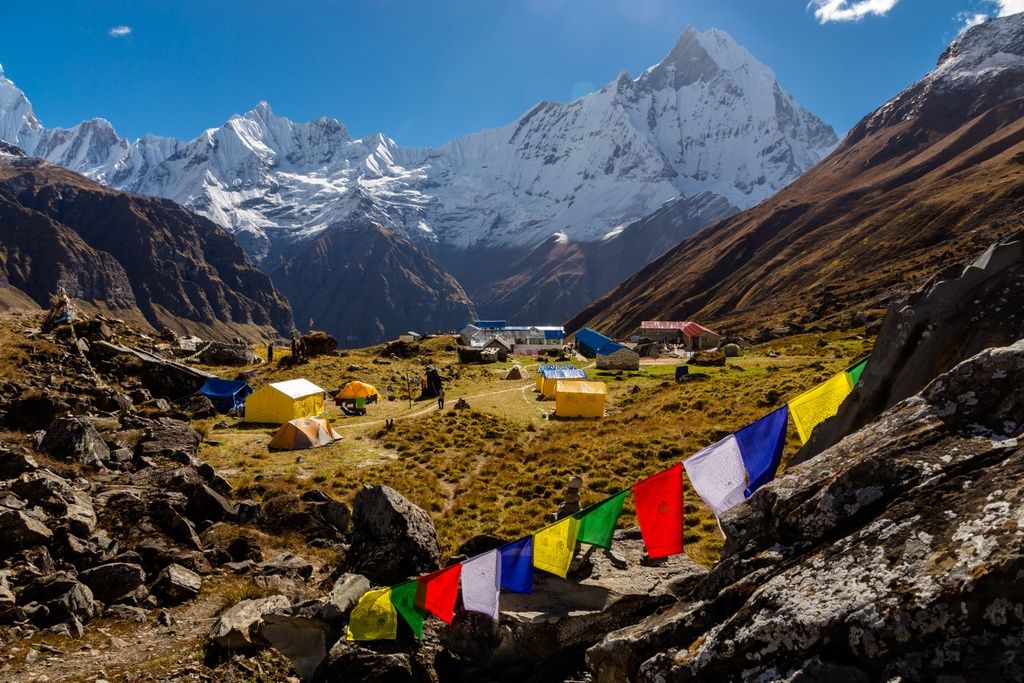
Wear Those Boots In
This kind of training and preparation is easily forgotten, but so worth doing. Blisters are synonymous with hiking – we’ve all been driven round the bend by them at some point. But they’re certainly avoidable if you’ve taken the right steps.
To get yourself out of the firing line, make sure those new walking boots you’ve purchased have been properly broken in. Wear them around the house first, and perhaps when you go to the shops, then go out hiking in them. You should at least have gone through one testing hike in a pair before taking them on any multi-day treks.
Lose Weight
One thing I learnt while walking the Camino de Santiago pilgrimage through Spain is that hiking fitness doesn’t necessarily require a lean, athletic body. I saw so many middle-aged people on that trek who, despite their oversized bellies, could hike for miles and miles before stopping for a chorizo bocadillo and then hiking some more. That said, just look at it this way: any extra pounds you have will need to be carried by your feet and legs, so by lightening the load, you’ll certainly find the going much, much easier.
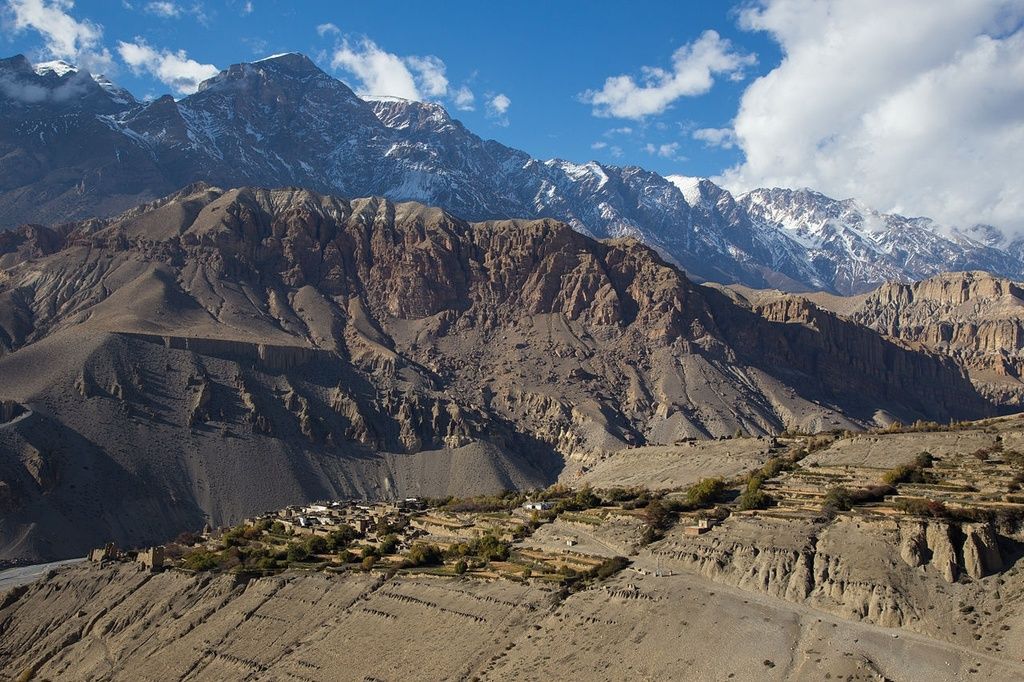
So now that you know, why not get the prep in before heading out on one of our epic trekking trips, with only the best local guides and hosts. Happiness guaranteed.

